Science
Guide to Data Science With Python and its Applications
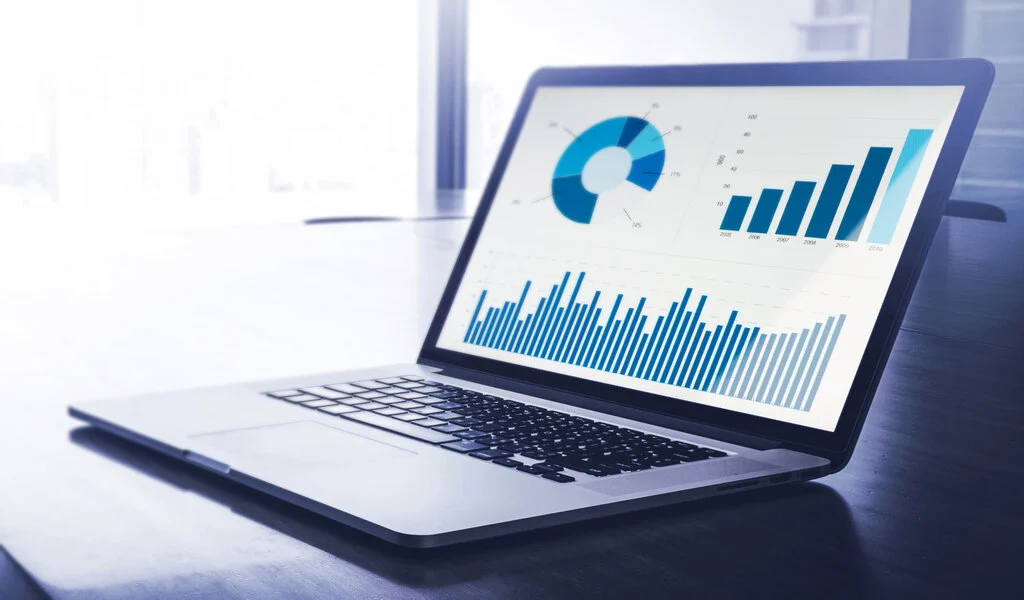
Guide to Data Science With Python and its Applications – As the era of big data began in recent decades, the demand for more efficient and effective data storage greatly expanded.
Businesses utilizing big data put a lot of effort into developing frameworks that can store a lot of data. Then, frameworks like Hadoop were developed, aiding in the storage of enormous volumes of data.
After the storage issue was resolved, attention turned to processing the data that had already been stored. Data science has emerged as the method of the future for handling and evaluating data in this situation.
Data science is becoming a crucial component of every industry dealing with massive amounts of data. Companies currently employ experts and data scientists who take the data and transform it into a useful resource.
Python with data science course free will gives insight to finding and examining data in the actual world is central to data science, which then employs this knowledge to address practical business issues.
Several instances of data science include:
- Consumer Prediction: A computer program can be trained to foretell whether a customer will purchase a product based on previous customer behavior.
- Service Planning – Restaurants can forecast the number of weekend visitors and prepare their food inventory accordingly.
Why Python?
We require a programming language or tool, such as Python, for data science.
Although there are other data science tools, such as SAS and R, this post will concentrate on Python and how it may help with data science.
Python has recently experienced significant growth in popularity among programmers. Its usage in data science, the Internet of Things, artificial intelligence, and other technologies have increased its appeal.
Because it has sophisticated mathematical or statistical features, Python is utilized as a programming language for data science. It is one of the key explanations for why Python is used by data scientists all around the world.
Python has emerged as the most beloved and preferred programming language, particularly for data science, if you follow patterns over the past few years.
Python is one of the most popular programming languages for data science for a number of additional reasons, including:
Python is comparatively quicker than some other programming languages in terms of speed.
Availability – There are numerous packages created by other users that are readily available and can be used.
Design objective: Python’s syntax responsibilities are simple to comprehend and intuitive, making it easier to create applications with intelligible code.
Data Science with Python
An excellent method to object-oriented programming is provided by Python, a open source, high-level, interpreted language. Data science utilizes it as one of the best languages for a variety of projects and applications.
Collaborating with mathematical, numerical, and scientific functions is a breeze with Python. It provides top-notch libraries for working with data science applications.
For its easiness of use, Python is among the most widely used programming languages in the research and scientific industries.
This means that even those without engineering skills might quickly learn how to utilize it. Additionally, it is better suited for rapid prototyping.
Engineers from academia and industry claim that deep learning frameworks made available using Python APIs, along with the scientific packages, have greatly increased Python’s productivity and versatility.
Python machine-learning frameworks have undergone significant progress and are evolving quickly. ML scientists prefer Python, too, in terms of process domains.
Developers tended to lean toward Java when it came to areas like creating detecting fraud algorithms and network security, but they chose Python for applications like sentiment analysis.
and NLP is used because it offers a broad tool library that makes it simpler to develop reliable systems and handle challenging business problems.
Features of Python language
- Because it makes use of elegant syntax, the programs are simpler to read.
- It is an easy language to learn, which makes it simple to get the application to run.
- The extensive standard library and neighborhood support.
- Python’s active form makes it very easy to evaluate codes.
- By adding additional modules which are developed in other developed languages like C++ or C, it is equally easy to extend the code in Python.
- Python is a powerful language that may be integrated into other programs to provide a customizable interface.
- Permits programmers to execute the code anywhere on Windows, Mac OS X, Linux, and UNIX.
- In a few categories, it is free software. Use, download, and application addition of Pythons are all free of charge.
Python Data Analysis Libraries
Python is a straightforward programming language in the world, and it supports certain fundamental operations like adding and printing statements.
However, you must import particular libraries if you wish to undertake data analysis. Several instances include:
Pandas is a tool for working with structured data.
You may generate n-dimensional arrays with the aid of the robust library NumPy.
SciPy – Offers scientific features like Fourier analysis and linear algebra.
Matplotlib: Mostly used for visualization.
Scikit-learn is the program used for all machine learning operations.
There are additional libraries outside these as well, including:
- Networks and I diagram
- TensorFlow
- BeautifulSoup
- OS
Now let’s look more closely at a few of the most significant Python libraries:
SciPy
- It is a scientific library, as the name implies, with the following unique features:
- Presently, it offers special functions, integration, ODE solvers, slope optimization, and other features.
- It has completely functional modules for linear algebra.
- It is constructed over NumPy.
NumPy
- NumPy is the name of the essential Python package for scientific computing. It includes:
- N-dimensional array objects that are strong
- combining C/C++ and Fortran code tools
- It provides practical skills for linear algebra, Fourier transform, and random number generation.
Pandas
- Pandas are used to operate on and manipulate structured data.
- Python’s most practical data analysis package
- Helps the data scientist community to utilize Python more frequently
- extensively used for preparing and mugging data
Let’s go on to learning exploratory data analysis using Pandas as part of our understanding of data science using Python.
Exploratory Analysis with Pandas
- Exploratory data analysis is a technique used to examine big data sets and highlight their key features. To gain insightful information, this strategy employs visual techniques.
- Let’s now comprehend the two phrases used most frequently by Pandas course:
- A series is a one-dimensional structure that may store any sort of data, including texts, floats, and integers.
Related CTN News:
Tasmanian Tiger May Be Brought Back From Extinction By Scientists
Why Is Precision Metal Stamping Important in Consumer Electronics?

Science
NASA Switches Off Instrument On Voyager 2 Spacecraft To Save Power
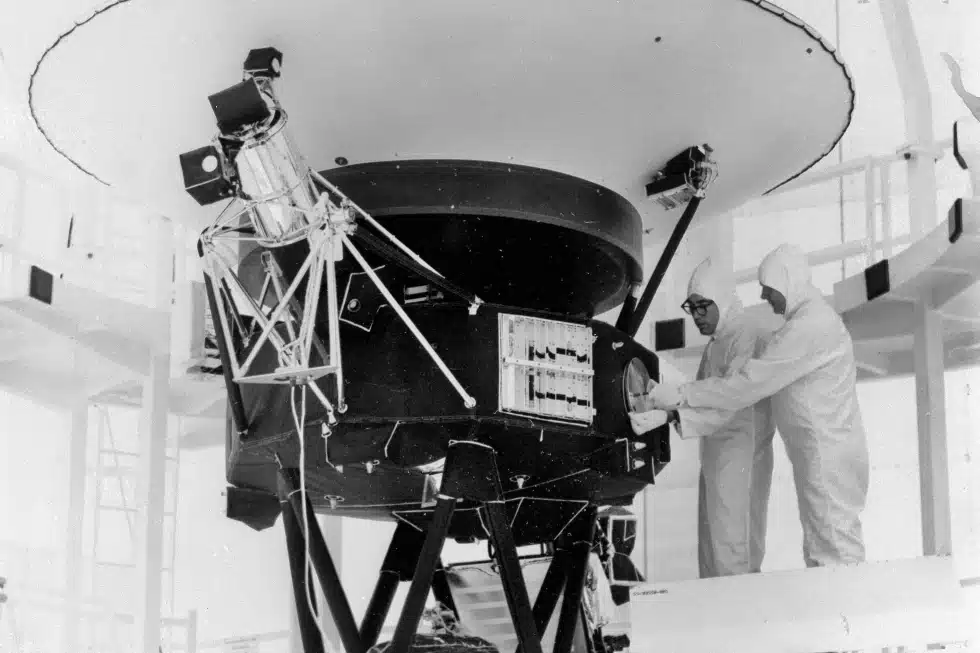
NEW YORK — To save power, NASA turned off another scientific equipment on its long-running Voyager 2 spacecraft.
NASA Switches Off Instrument On the Spacecraft To Save Power
The space agency announced on Tuesday that 2’s plasma science instrument, meant to study the movement of charged atoms, was turned off in late September to allow the spacecraft to continue exploring for as long as possible, which is estimated to be into the 2030s.
NASA turned off a suite of instruments on Voyager 2 and its twin, Voyager 1, after exploring the gas giant planets in the 1980s. Both are currently in interstellar space or the region between stars. The plasma instrument on Voyager 1 stopped working years ago and was finally shut off in 2007.
The remaining four instruments on 2 will continue to collect data on magnetic fields and particles. Its mission is to investigate the regions of space beyond the sun’s protective sphere.
NASA Switches Off Instrument On Voyager 2 Spacecraft To Save Power
It launched in 1977, is the only spacecraft to have visited Uranus and Neptune. It is now more than 12 billion miles (19.31 billion kilometers) from Earth. 1 is more than 15 billion miles (24.14 billion kilometers) beyond Earth.
SOURCE | AP
Science
Hurricane Kirk Could Cause Dangerous Surf Conditions Along The US East Coast
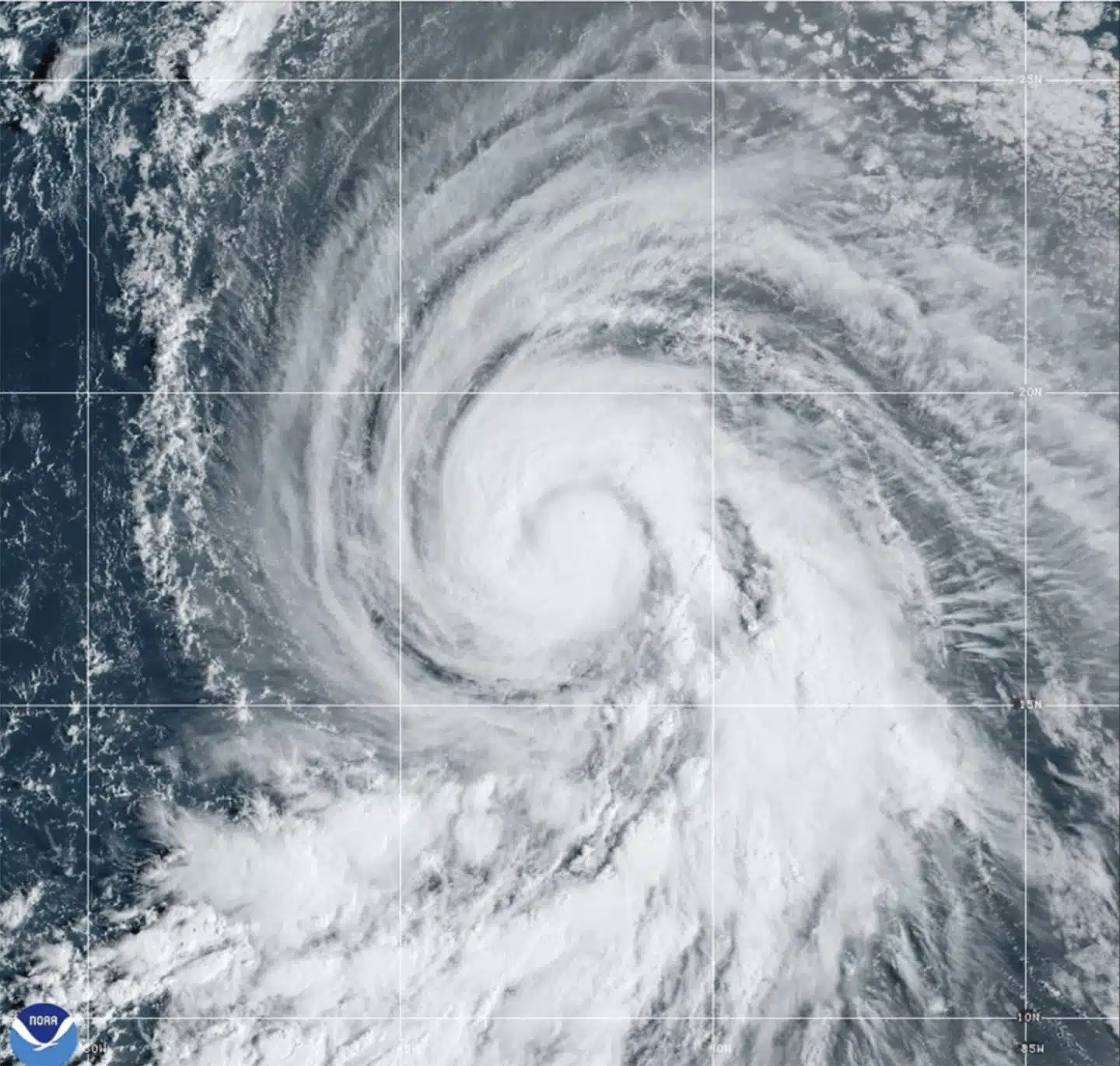
MIAMI — Hurricane Kirk’s waves could generate life-threatening surf and rip current conditions this weekend throughout the United States East Coast, as well as in Bermuda, the Greater Antilles, and the Bahamas, according to forecasters.
Kirk was a Category 3 hurricane in the middle Atlantic Ocean that might grow further but was predicted to stay away from land, according to the Miami-based National Hurricane Center on Thursday.
Hurricane Kirk Could Cause Dangerous Surf Conditions Along The US East Coast
Kirk-generated swells were forecast to reach parts of the Leeward Islands on Friday, Bermuda and the Greater Antilles on Saturday, and the East Coast and the Bahamas on Sunday, according to the center.
No coastal watches or warnings were in effect. The major storm was around 1,130 miles (1,820 kilometers) east of the Leeward Islands, with maximum sustained winds of 125 mph (205 km/h).
Meanwhile, Tropical Storm Leslie formed late Wednesday in the eastern Atlantic and is expected to strengthen into a hurricane in the following days, forecasters said. It was also not considered a threat to the land.
Hurricane Kirk Could Cause Dangerous Surf Conditions Along The US East Coast
The storm was about 540 miles (870 kilometers) southwest of Cabo Verde’s southernmost tip, with maximum sustained winds of 45 mph (75 kph), according to the center.
The storms raged in the Atlantic as rescuers in the United States Southeast sought for missing persons after Hurricane Helene struck last week, leaving a trail of death and devastation.
SOURCE | AP
Science
NASA Sends First Manned Starliner Spacecraft to Space Station
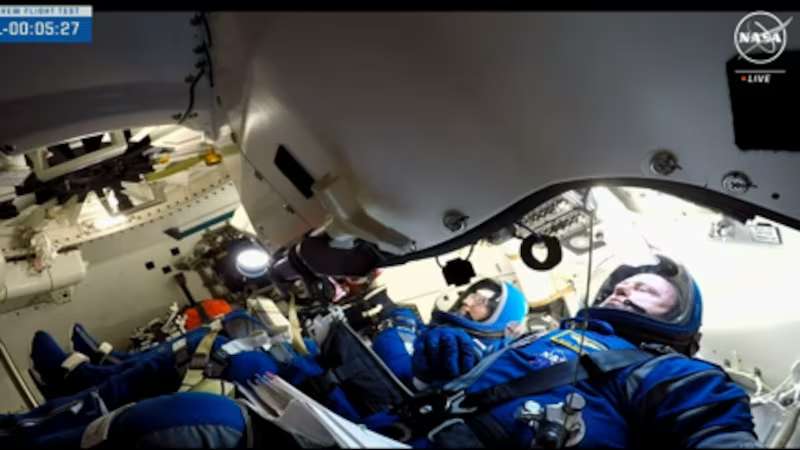
NASA has announced astronauts Butch Wilmore and Suni Williams are safely in orbit on the first crewed flight test of Boeing’s Starliner spacecraft heading for the International Space Station.
As part of NASA’s Boeing Crew Flight Test, the astronauts launched a ULA (United Launch Alliance) Atlas V rocket from Space Launch Complex-41 at Cape Canaveral Space Force Station in Florida at 10:52 a.m. EDT Wednesday for an end-to-end test of the Starliner system.
“Two brave NASA astronauts are well on their way to this historic first test flight of a brand-new spacecraft,” stated NASA Administrator Bill Nelson. “Boeing’s Starliner represents a new era of American exploration. Human spaceflight is a risky endeavor, but it is worth it. It is an exciting time for NASA, our commercial partners, and the future of space exploration. “Go Starliner, Butch, and Suni!”
The flight test is part of NASA’s Commercial Crew Program and will help validate the transportation system, launch pad, rocket, spacecraft, in-orbit operations capabilities, and return to Earth with astronauts aboard as the agency prepares to certify Starliner for rotational missions to the space station. Starliner has already completed two uncrewed orbital missions, including a test to and from the space station, as well as a pad abort demonstration.
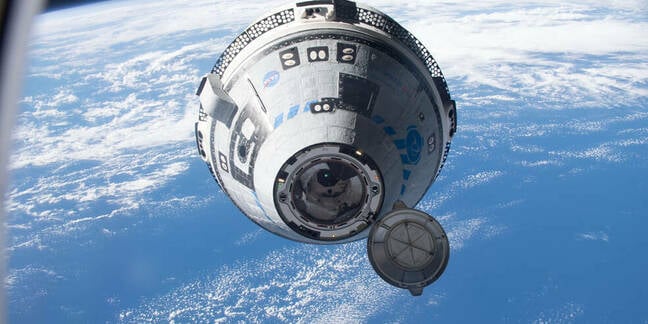
Boeing Starliner Makes Orbit
“With Starliner’s launch, separation from the rocket, and arrival in orbit, Boeing’s Crew Flight Test is right on track,” said Mark Nappi, vice president and program manager for Boeing’s Commercial Crew Program. “Everyone is focused on giving Suni and Butch a safe, comfortable, ride and performing a successful test mission from start to finish.”
Boeing’s mission control center in Houston will supervise a sequence of autonomous spacecraft maneuvers while Starliner is in flight. NASA teams will supervise space station activities from the Mission Control Center at the agency’s Johnson Space Center in Houston.
“Flying crew on Starliner represents over a decade of work by the Commercial Crew Program and our partners at Boeing and ULA,” said Steve Stich, Commercial Crew Program Manager at NASA’s Johnson Space Center in Houston. “For many of us, this is a career-defining occasion, ushering in a new crew transportation capacity for our agency and our country. We will take it one step at a time, putting Starliner through its paces and remaining watchful until Butch and Suni safely land back on Earth at the end of this test journey.”
At about 12:15 p.m., Starliner will dock autonomously to the forward-facing port of the station’s Harmony module. Thursday, June 6, and will remain at the orbital laboratory for almost a week.
Wilmore and Williams will help ensure that the spacecraft is functioning properly by testing the environmental control system, the displays and control system, and moving the thrusters, among other things, during flight.
Wilmore and Williams will join the Expedition 71 crew, which includes NASA astronauts Michael Barratt, Matt Dominick, Tracy C. Dyson, and Jeanette Epps, as well as Roscosmos cosmonauts Nikolai Chub, Alexander Grebenkin, and Oleg Kononenko.
NASA’s arrival and in-flight event coverage is as follows (all times Eastern and subject to change depending on real-time operations):
NASA Television channels will continue to broadcast the Starliner’s mission.
Thursday, June 6
9:30 a.m. – Arrival coverage begins on NASA+, the NASA app, and YouTube, and continues on NASA Television and the agency’s website.
12:15 p.m. – Targeted docking
2 p.m. – Hatch opening
2:20 p.m. – Welcome remarks
3:30 p.m. – Post-docking news conference at NASA Johnson with the following participants:
- NASA Associate Administrator Jim Free
- Steve Stich, manager, NASA’s Commercial Crew Program
- Jeff Arend, manager for systems engineering and integration, NASA’s International Space Station Office
- Mark Nappi, vice president and program manager, Commercial Crew Program, Boeing
Coverage of the post-docking news conference will air live on NASA+, NASA Television, the NASA app, YouTube, and the agency’s website.
To attend the post-docking briefing, U.S. media must contact the NASA Johnson newsroom at: [email protected] or 281-483-5111 by 1 p.m. Thursday, June 6. To join by phone, media must contact the NASA Johnson newsroom by 3 p.m. Thursday, June 6.
5:50 p.m. – NASA Administrator Bill Nelson, Deputy Administrator Pam Melroy, Associate Administrator Jim Free, Associate Administrator for Space Operations Ken Bowersox, and Johnson Space Center Director Vanessa Wyche will speak with Wilmore and Williams about their launch aboard the Starliner spacecraft.
Coverage of the Earth to space call will air live on NASA+, NASA Television, the NASA app, YouTube, and the agency’s website.
Saturday, June 8
8:50 a.m. – NASA astronauts Wilmore and Williams will provide a tour of Starliner.
Coverage of the in-orbit event will stream live on NASA+, NASA Television, the NASA app, YouTube, and the agency’s website.
Monday, June 10
11 a.m. – Williams will speak to students from Sunita L. Williams Elementary School in Needham, Massachusetts, in an event aboard the space station.
Coverage of the Earth to space call will air live on NASA+, NASA Television, the NASA app, YouTube, and the agency’s website.
Tuesday, June 11
3:15 p.m. – Wilmore will speak to students from Tennessee Tech University in an event aboard the space station.
Coverage of the Earth to space call will air live on NASA+, NASA Television, the NASA app, YouTube, and the agency’s website.
-

 News3 years ago
News3 years agoLet’s Know About Ultra High Net Worth Individual
-
Entertainment2 years ago
Mabelle Prior: The Voice of Hope, Resilience, and Diversity Inspiring Generations
-

 Health3 years ago
Health3 years agoHow Much Ivermectin Should You Take?
-

 Tech2 years ago
Tech2 years agoTop Forex Brokers of 2023: Reviews and Analysis for Successful Trading
-
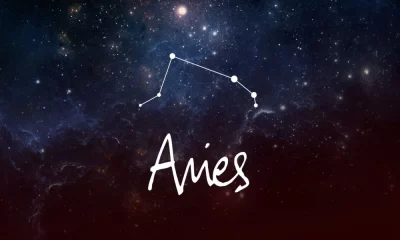
 Lifestyles3 years ago
Lifestyles3 years agoAries Soulmate Signs
-
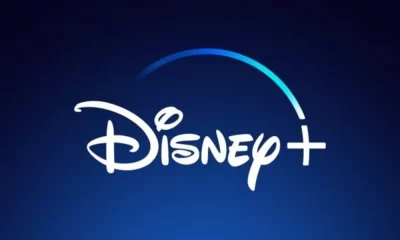
 Movies2 years ago
Movies2 years agoWhat Should I Do If Disney Plus Keeps Logging Me Out of TV?
-

 Health3 years ago
Health3 years agoCan I Buy Ivermectin Without A Prescription in the USA?
-

 Learning3 years ago
Learning3 years agoVirtual Numbers: What Are They For?
